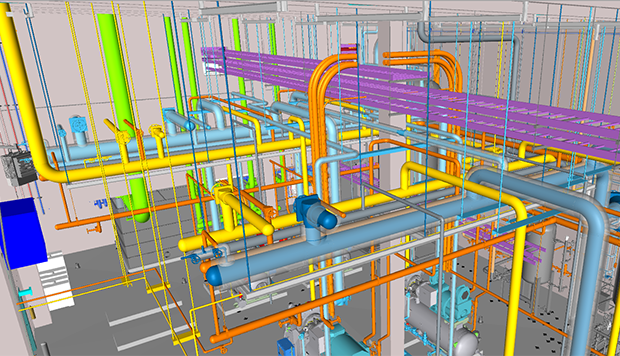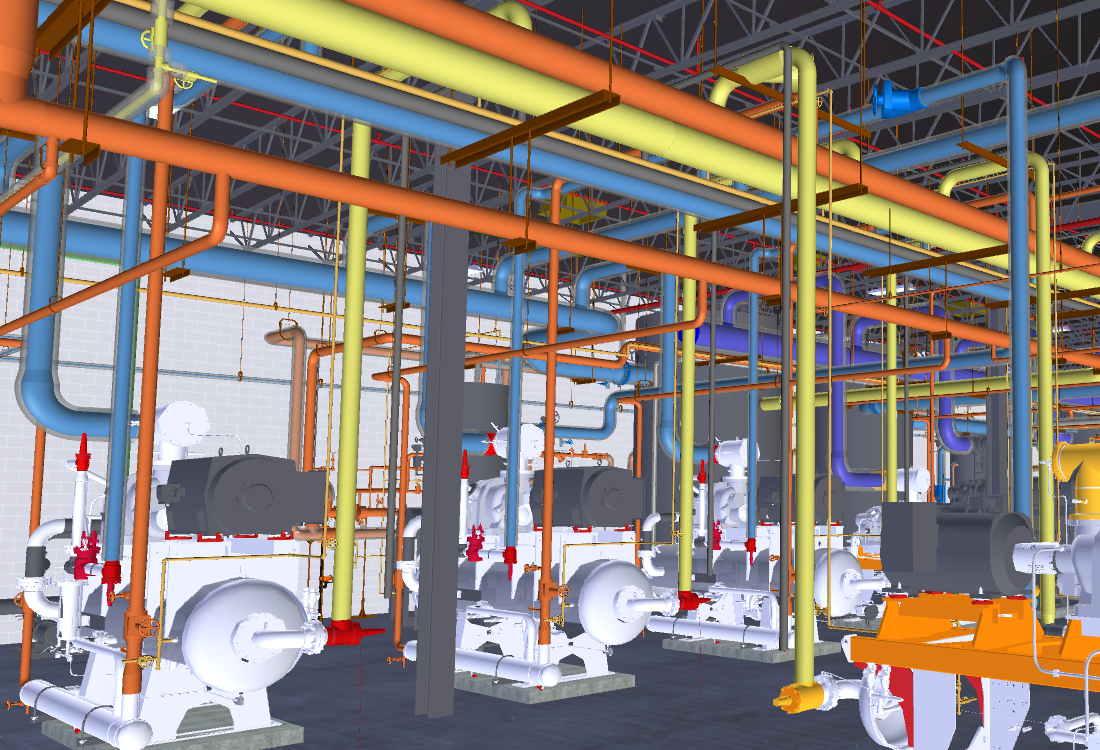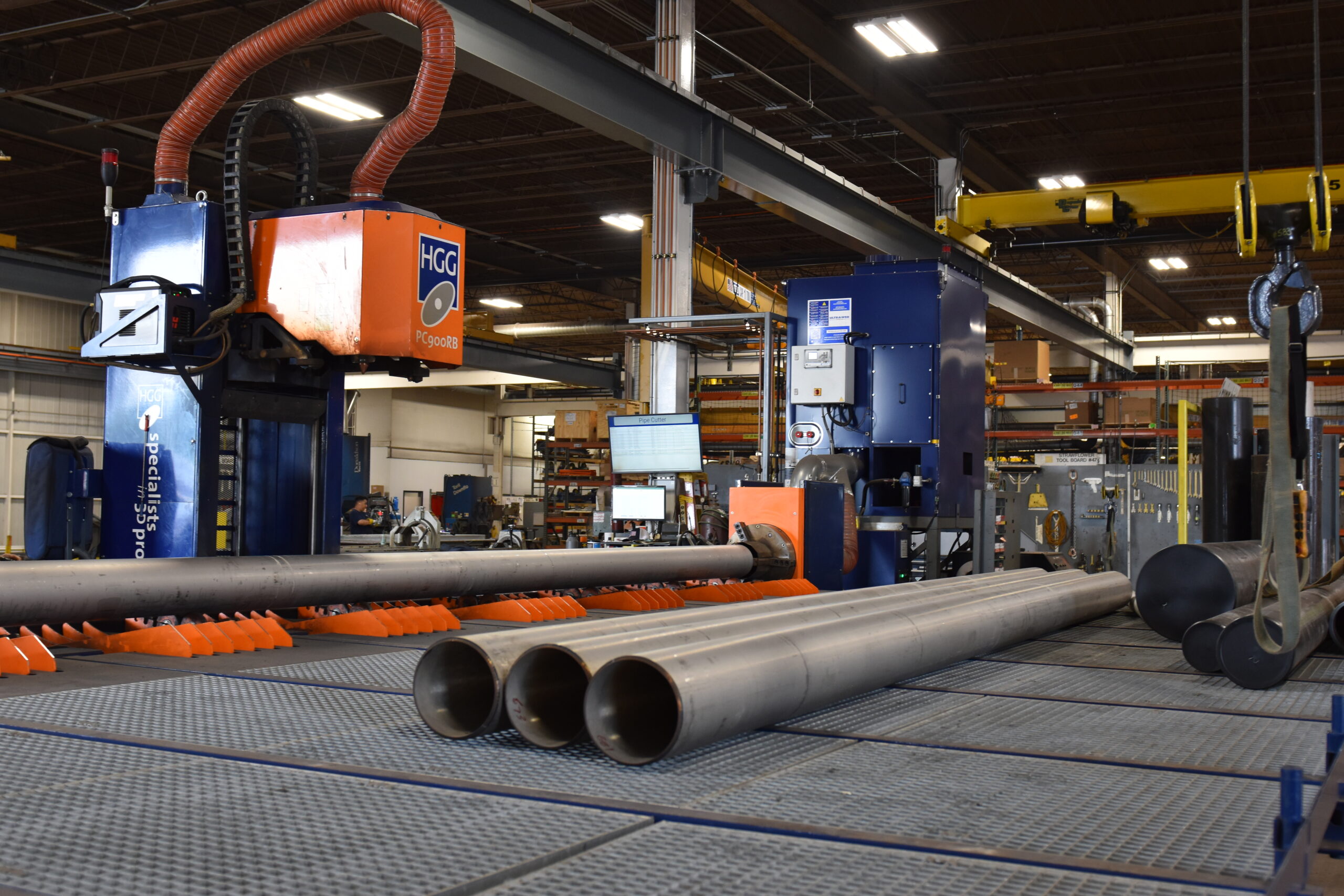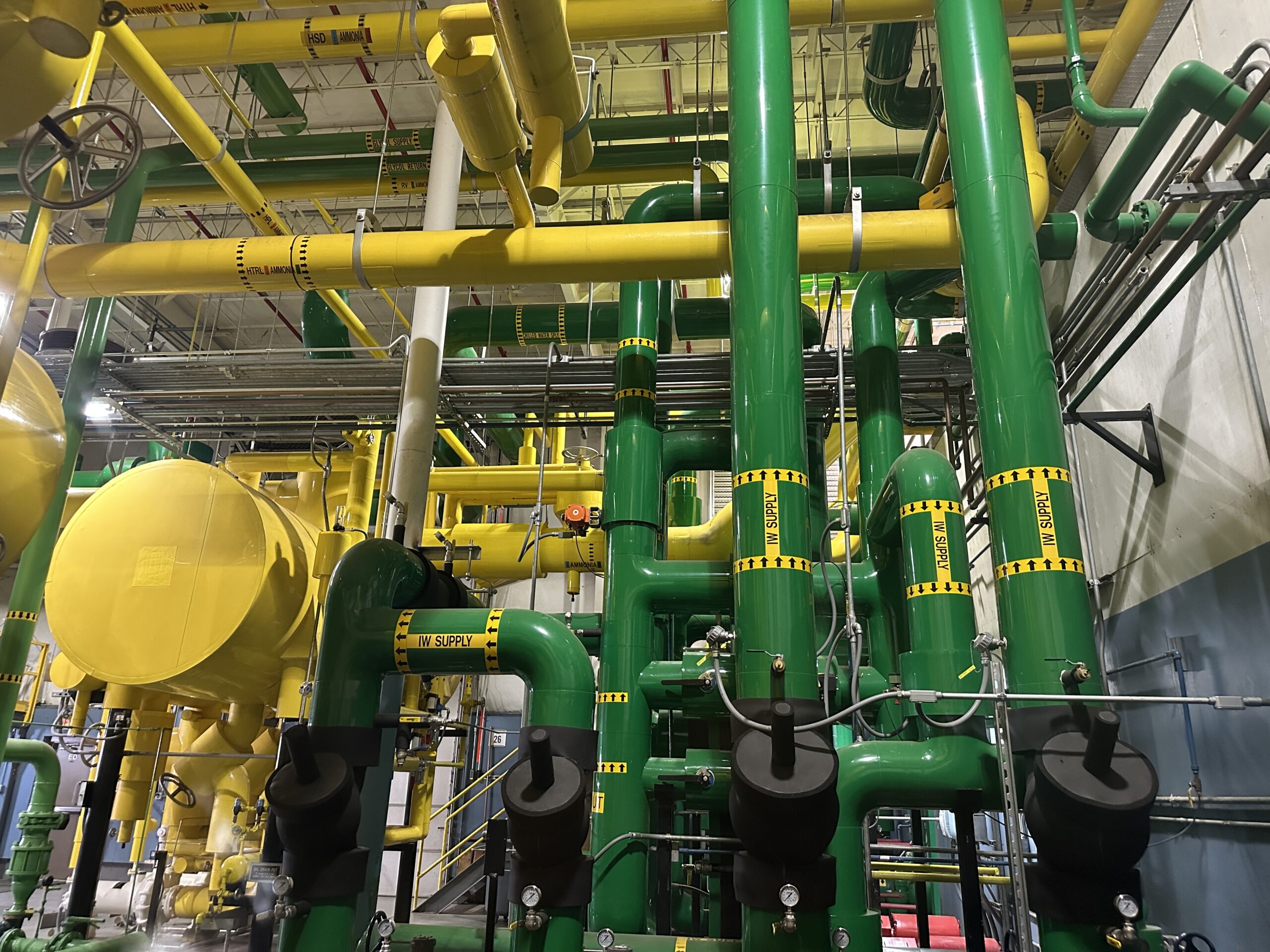In industrial refrigeration projects, efficiency, accuracy, and timeliness are crucial for success. Integrating virtual design and prefabrication techniques has become increasingly essential to achieve these goals. By leveraging cutting-edge technology and innovative approaches, virtual design and prefabrication are revolutionizing the industrial refrigeration industry, offering a range of benefits for both manufacturers and end-users.
Enhanced Design Precision and Visualization
One of the primary advantages of virtual design in industrial refrigeration projects is the ability to achieve enhanced precision and visualization. Using computer-aided design (CAD) and Building Information Modeling (BIM) software, engineers can create detailed and accurate 3D models of refrigeration systems, allowing for a comprehensive understanding of the design before any physical construction occurs. This virtual representation facilitates efficient collaboration between project stakeholders, including architects, engineers, contractors, and clients, enabling them to identify and address potential issues early in the design phase. Through virtual design, the refrigeration system can be optimized for performance, energy efficiency, and ease of maintenance, resulting in cost savings and improved overall functionality.
Prefabrication for Streamlined Construction
Prefabrication, often coupled with virtual design, is crucial in optimizing the construction phase of industrial refrigeration projects. Prefabrication involves the manufacturing and assembly of system components off-site, in a controlled environment, before being transported and installed on-site. This method offers numerous benefits, including reduced construction time, improved quality control, and minimized disruption to ongoing operations.
On a recent project, Bassett’s pipe shop prefabricated the supports and pipe spools for a large industrial refrigeration project, running just under 7 miles of pipe through our manufacturing facility and welding 82% of the 15,000 total pipe welds.
By fabricating components off-site, potential delays caused by weather conditions or logistical challenges can be mitigated. Moreover, the controlled manufacturing environment ensures consistent quality, as components can be thoroughly tested and inspected before installation. This reduces the likelihood of on-site errors and enhances safety and reliability in the long run. Prefabrication also minimizes on-site labor requirements, allowing for a more efficient allocation of resources and a streamlined construction process.
Virtual Design and Prefabrication Bring Cost Savings and Waste Reduction
Virtual design and prefabrication can significantly contribute to cost savings in industrial refrigeration projects. By accurately modeling and simulating the system in the virtual environment, potential design flaws or clashes can be identified and resolved early on, reducing costly rework during construction. The collaborative nature of the virtual design also fosters effective communication and coordination between project stakeholders, avoiding misunderstandings and delays that may lead to budget overruns.

Prefabrication further contributes to cost savings by minimizing material waste. The controlled manufacturing environment allows for accurate material estimation and optimized utilization, reducing the need for excess materials on-site. Additionally, prefabricated components can be designed for easy installation, minimizing labor costs associated with on-site assembly.
Improved Safety and Sustainability
Implementing virtual design and prefabrication techniques enhances safety standards and promotes sustainability in industrial refrigeration projects. Visualizing and simulating the entire system in the virtual environment enables engineers to identify potential safety hazards and design safeguards accordingly. This proactive approach helps prevent accidents, protects workers, and ensures compliance with industry regulations.
Moreover, prefabrication aligns with sustainable construction practices. Off-site fabrication enables the recycling and reuse of materials, reducing waste generation. Additionally, the efficient use of resources, streamlined construction process, and optimized energy efficiency resulting from virtual design and prefabrication contribute to overall sustainability goals.
Innovative Solutions for Industrial Refrigeration Projects
Virtual design and prefabrication techniques have revolutionized the industrial refrigeration industry, offering a range of advantages for manufacturers and end-users alike. By leveraging 3D modeling, BIM, and prefabrication, stakeholders can achieve enhanced design precision, streamline construction, reduce costs, improve safety, and promote sustainability. Embracing these innovative approaches allows for efficient project delivery, optimized system performance, and long-term benefits for the industrial refrigeration sector.
Our approach to refrigeration projects, combined with our VDC expertise, is giving new meaning to innovation in this market and advancing the future of industrial refrigeration facilities. As the industry continues to evolve, virtual design and prefabrication will play an increasingly important role in shaping the future of industrial refrigeration projects.
Get in touch with our industrial refrigeration experts today to learn more about our offerings.
You may also be interested in reading:
- Virtual Design and Construction: Investing in Technology
- Virtual Design and Construction Tools for the Real World
- Safe Design of Ammonia Systems Doesn’t End with the Pipes – The Importance of Structural Engineering
Laser Scanning: Enhancing Productivity and Quality on Your Next Project




